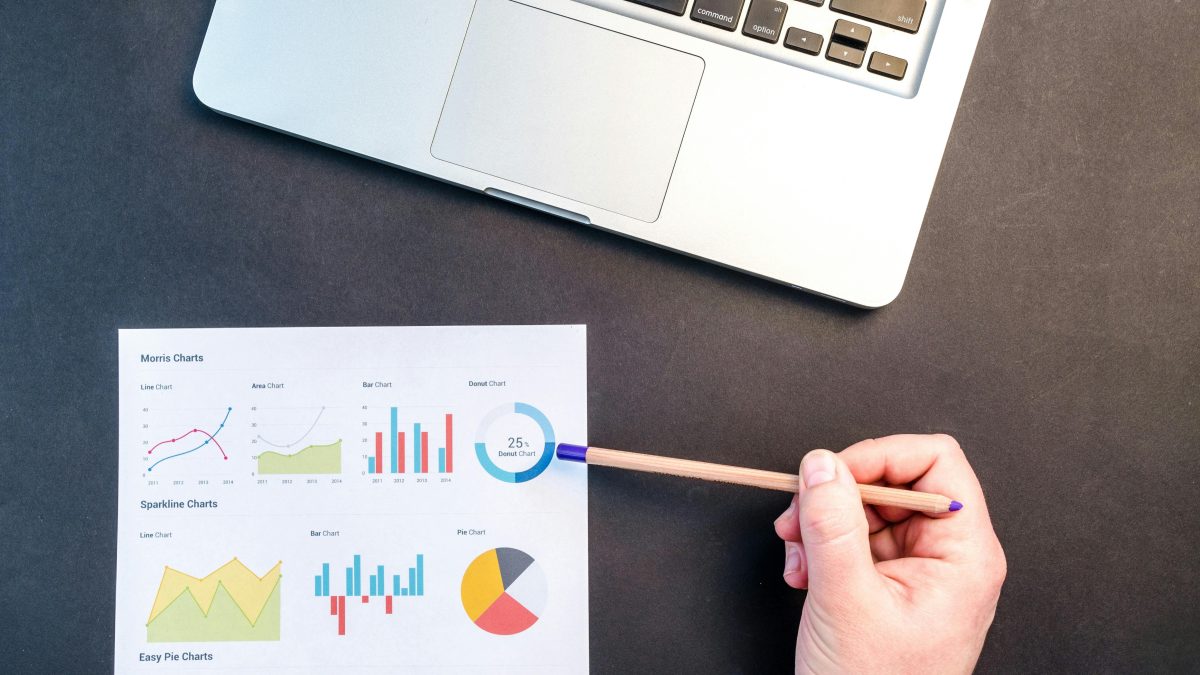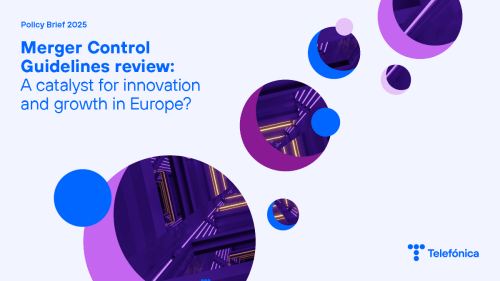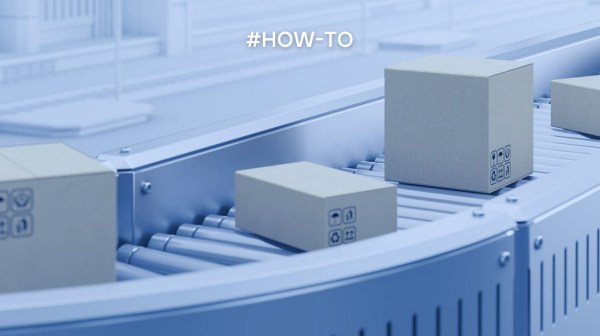In a previous post we talked about a typology of journeys but, apart from typifying them and validating them with users, it is necessary to have techniques to improve them.
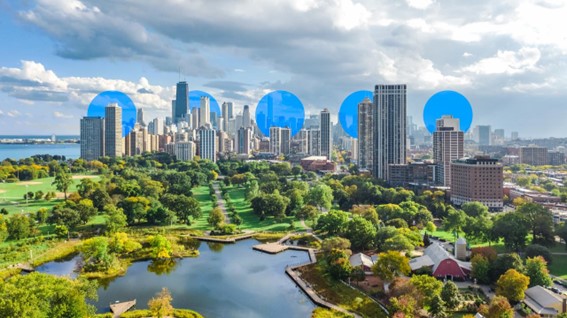
There are multiple tactics that we can use to analyse a customer journey in order to be successful. Today I bring an example where we have used two of those tactics to improve the understanding of the value proposition of clean energy photovoltaics.
Phase Reordering Tactic
Matching the order of the contacts a customer has with your service to that customer’s natural decision-making process helps improve the final experience.
Uber revolutionised the urban transport market by anticipating the cost of the ride before you got into the taxi. You could finally know how much the ride was going to cost before you took it. It took technology to allow us to estimate the journey to be able to do that re-phasing, but sometimes it’s not about having the technology available, it’s about simply spotting the problem and understanding the users.
Amazon in recent years has worked on many experiments to improve online shopping. One of its works has been ‘Try first, pay later’ for clothes shopping. This service allows you to try on clothes at home and after 7 days you are only charged for what you keep. It is a good example of reordering phases of the customer’s natural process that online shopping did not allow until now. Why should a customer pay for products that he/she does not know if he/she will keep?
Another example is working in the energy sector by reordering stages of the Journey. Giving the customer value by creating a photovoltaic simulation of their own buildings, calculating the solar yield of each of their industrial plants, before asking them to make the effort to send us their electricity bill. Why would a company want to make an effort before knowing if a value proposition fits in their context?
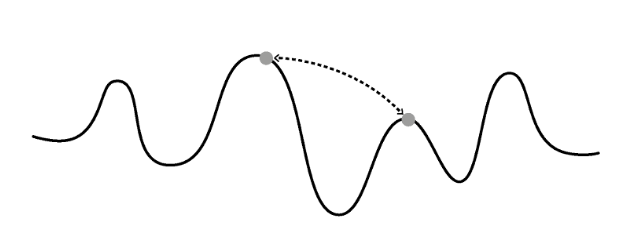
Starting strong
Another second Journey improvement tactic is called Starting strong. When the initial experience is strong and satisfying, the user will have better expectations and be more likely to want to use our services. This is the importance of staging.
One example is real estate developers, who create a simulation of your life in your new home through a show flat with designer furniture, which you may never buy, but which immerses you in an immersive experience).
It also has to do with the Halo effect, i.e. the cognitive bias by which we tend to make an overall assessment of a service (or person) based on the specific characteristics we have observed.
As for the non-linear perception that people make of experiences, people do not judge events by complete experiences, not all points of contact are weighted equally, but we judge by small pieces in which our emotions were the protagonists, as the Nobel Prize winner Daniel Kahneman has well studied.
In the case we have explained, to enhance the experience, the beginning was anticipated in a memorable way. By creating a new point of contact to contextualise the value proposition and explain it from the real image of the clients’ headquarters with a superimposed layer of their solar radiation. We didn’t show a solar panel, we showed the performance of the roof. This generates a powerful effect on the customer, but to do all the images of the customer sites one by one with overlapping layers of solar performance was unfeasible.
To make that touch point scalable to all our potential customers, we used automation.
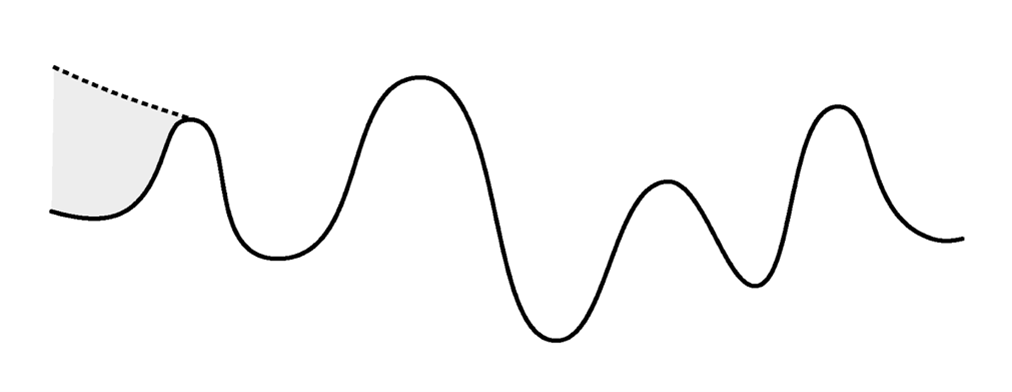
Automation vs orchestration
One of the design principles we were clear on was that we did not want to automate the entire process, the orchestration was on our side, we only relegated repetitive tasks that require management of large volumes of data to automation. We kept control at the strategic points that required critical thinking. This gave us an exponential degree of efficiency compared to doing it manually, but without losing control of the key points of the process.
We also achieved a degree of personalisation that would not have been possible by hand, or at least not with the human resources we had available.
The result was that we managed to create, with this example, a new point of contact with a dossier of our personalised value proposition at each customer site, with photovoltaic, economic amortisation and energy production data in less than two hours, without asking for any data from the customer, with a high user impact (with the first print run).
Customer experience and Employee experience
Our approach in photovoltaics was 100% customer experience because we needed to bring more value from the first contact and reduce requests that generated a high effort for our customers at a very early stage.
But it is also a 100% employee experience approach. Doing repetitive tasks is frustrating for any worker and takes time away from being able to focus on where we really provide differential value. Automating these types of points in the processes generates that our sales force can dedicate itself to giving proximity and trust to the customer.
